- Sep 17,2016
- Post Comments
Ten places you must visit to truly experience South India Temples

Indus Holidays
Explorer Team

A tour of the famous temples has dimensions beyond faith, for many it ends up in the discovery of a little part of them that revels in the feeling we call India. It is about those moments we awe at the skill of craftsmen who created timeless architectural wonders and a captivating journey into a historical world. It is an experience with a different kind of horizon.

For a majority of us, a skyscraper is an icon of the modern world. In South India, people were building multi-storey temple gateways centuries before the world peeped above their ground floor. Think about it!

We all appreciate different things. Some travellers visit temples to connect with India’s spiritual/religious side. Others appreciate heritage and poetry on stone. The culture around the temples & festivals are the biggest draws for a few. Doing justice to all aspects in write-up spanning South India seems daunting. What we have attempted to do here is highlight a few famed temples and point you in the right direction to get more details along the way. We also share some tips for your visit and suggest some well-planned south India temple tour packages.
Here is our pick of South India’s most spectacular temples
Meenakshi Amman Temple, Madurai, Tamil Nadu
.jpg)
If you see only one south Indian temple, the Meenakshi Temple should be it for the brilliant structure it is. The ancient city of Madurai is some 2600 years old and laid out on the banks of river Vaigai with the Meenakshi temple in the centre. With almost 985 beautifully sculptured pillars that support the temple and 2 sanctums, this temple makes us wonder how skilled the craftsmen would have been to build this masterpiece.

Imagine the giddy heights of 165 feet tall towers (Gopurams) built with colourful images of Hindu gods in a temple complex of the size of 25 football pitches. Still, you will be lucky to find a place to stand!

Every mandapam or pavilion has an interesting history worth discovering and the bustle of ash-smeared swamis in corridors performing pujas and vedic chantings will leave you enchanted. The religious life at the temple mixes with lots of colours, smells and sounds of the magnificent indoor market with tailors, merchants and weddings making for a rich cultural exposure.
Interesting anecdotes
- The temple was one of the top 30 nominees for the New Seven Wonders of the World
- The 9 pm ritual where the idols and Shiva’s slippers are carried in a palanquin to the bed chamber where priest perform lalipuja (lullabies) is a unique event to experience in the temple.
- The 12 day Chithirai Festival in April which re-enacts the celestial wedding of the temple’s god and goddess is the grandest event of the year
How to Reach
Madurai is easily accessible from both Munnar and Thekkady in Kerala. The city has its own domestic airport and is well connected road and rail with all major cities in South India.
Venkateshwara Temple, Tirumala, Andhra Pradesh

Entry to the famous temple of Sri Venkateswara (Lord Vishnu) has to be earned. The Tirupati Balaji temple is scenically located on the seventh peak of Venkatadri hill with eye catching Dravidian style architecture and a gold plated dome. Some pilgrims venture to climb the 4,000 steps up the hill following a 15 km walking trail to reach the temple. Otherwise, it's easier to go by your private vehicle.

The temple is the most-visited place of worship in the world (30 million pilgrims annually!) and a perfect place to connect with India’s spiritual side

The laddu prasad at the temple has got Geographical Indication tag. With thousands of devotees visiting the temple on an average day, it is advisable to take Tirupati balaji temple darshan tickets in advance.
Interesting anecdotes
- The idol of Balaji is adorned with Pachai Karpooram’ (camphor) which when generally applied to stone makes it crack. The idol remarkably has no marks of chisel or cracks and it also remains 110 F temperature despite being bathed in Water and milk.
- The centuries old tradition is that devotees who visit the temple get tonsured to offer hair to the lord. The revenue from the sale of hair offered by devotees brings in 1/10th of the revenue of the temple.
Planning a trip here
The temple is reachable by road from Chennai (140km) and Bangalore (290 km). Don’t forget to do a local temple tour which is part of the temple ritual. Plan an independent Tirupati darshan package or along with a south India temple tour.
Sri Krishna Temple, Guruvayoor, Kerala
.jpg)
Guruvayoor, known as “Bhuloka Vaikunda”, the abode of Lord Vishnu on Earth is a famed Shri Krishna Temple in South India. The temple is around 1000 years old and the deity is said to be more than 5000 years old. The temple is of very traditional nature with strict dress codes and entry only to Hindus. Another attraction of the temple is the mural paintings on the walls which have a story to tell.

Guruvayoor is one of the most important places of worship for Hindus of Kerala and is often referred to as "Bhuloka Vaikunta" which translates to the "Holy Abode of Vishnu on Earth".

Elephants are an integral part of the temple with the annual festival here beginning with an elephant race. Along with the darshan you can also plan a trip to Punnathoor Kotta, a fort used to house 64 elephants belonging to Guruvayoor temple. You can also glimpse the traditional Kerala household architecture at the fort.
Good to know
- Guruvayoor temple holds the reputation of hosting the maximum number of marriages and rice feeding ceremony for infants in India
- The idol of Lord Vishnu which is found in Guruvayoor according to mythology was worshipped by Devaki and Vasudeva. One can easily imagine that it must also have been worshipped by God Krishna himself. This is the greatness and glory of this particular idol of God Vishnu – that Vishnu himself had done puja to it in his incarnation as Krishna.
Planning a trip here
Located in Thrissur (Kerala), it is hardly a couple of hours from Kochi. Janmashtami (August), Vishu (April) and the 10 day annual festival (Feb-March) are the most important days of worship at Guruvayoor
Gomateshwara Temple, Shravanabelagola, Karnataka
.jpg)
Jainism, the third great religion to rise in the subcontinent, advocates a life of strict vegetarianism, ahimsa (non-violence) and self-control. Shravanabelagola which means ‘Monk of the White pond’ is among the most important tirthas (pilgrim sites) of Jainism.

Followers of the Jain faith head to this sedate town to pay their respects at the world’s largest monolithic statue depicting Bahubali, son of the first Jain tirthankara (guru)

Atop the rocky outcrop of the Vindhyagiri Hills, reached by a scramble over 615 rock-cut steps, stands the 17.5 m tall naked deity Gomateshvara (Bahubali). The temple pavilion affords a majestic view of the landscape, temple tanks and the plains below.
Interesting anecdotes:
- The statue of Lord Gommateshvara was built by Chandrayana of the Gangas dynasty took 12 years to complete
- The bahubali statue was designed imperfectly on purpose to avoid evil eyes as per the belief system. The index finger of the statue’s left hand is an inch shorter than the right hand.
Planning a trip here
Shravanabelagola is 146 km from Bangalore, 57 km from Hassan and 83 km from Mysore. The fabulously colourful Mastakabhisheka festival happens once in 12 years. The statue is bathed in a cascade of curds, milk, sandalwood paste, coins and gems.
Are you are looking for a well-planned itinerary with great coverage of the famous temples of South India? The tour featured here might be of interest to you.
Ramananthaswamy temple, Rameshwaram, Tamil Nadu
.jpg)
The sanctity of the 12th century Ramanathaswamy temple can be gauged from the fact that is it the only Jyothirlinga in South India and that it is one of the four dhams (holy hindu sites) in India. The temple also reveals a mingling of faiths where Lord Rama worshipped Lord Shiva. The region has a special space in Hindu mythology too as it was from here Lord Rama build a bridge across the sea to rescue Sita from Sri Lanka. Rameshwaram is amongst the foremost pilgrimage sites in the country.

The awe-inspiring for worshippers and travellers alike, the Ramananthaswamy temple features the largest temple corridor in India with 1200 odd intricately designed granite pillars

Your journey here starts with a ritual bath at the Agni Theertham (100 m away) and entry through the eastern gate. Pilgrims bath with water from the 22 holy wells with each well water having different taste and therapeutic properties. There is also a short cut in the eastern gateway with water collected from all pools. After visiting this stunning temple complex, the lost lands of Dhanshkodi and Adam’s bridge are must visits.
Interesting anecdotes:
- It is difficult to rationalise 22 closely located wells with water in them having totally different tastes. This along with many other miracles contribute to the charm of this holy site. The 31 site mythological ‘Rama Trail’ which is scattered around the shrine is an important hindu spiritual circuit.
- Ironically, it was a (Sri) Lankan king who built the sanctum sanctorum around the moolalinga of Lord Rama, Sri Ramanathaswami.
- The third outer corridor lining the perimeter and stretching 210m/690ft from east to west, is the famed longest temple corridor in the world. The 22ft- high lofty corridor is lined by 1,212 granite pillars with statues of the king and ministers. Also notice the mesmerizing painted ceilings.
How to Reach
Located at the tip of the Indian Peninsula, it is connected to the mainland by one of the longest bridges in India. A trip here can be easily planned from Madurai (170 km) or Kanyakumari (310 km) as part of a temple tour.
Arunachaleshwar Temple, Tiruvannamalai, Tamil Nadu
.jpg)
Tiruvannamalai is the spiritual hub of South India centred around the Arunachaleshwara Temple where Lord Shiva is worshiped as an Agni lingam (Fire). In the background, the mystical Mount Arunachala or Annamalai glints in the rays of the rising sun. It is considered as holy as the temple that lies at its base. The basic structure of the 10-hectare large temple complex is traced back to the Chola dynasty in the 9th century.

From above the temples appears like a circuit board of interlocking courtyards flanked by whitewashed gopurams resembling Mayan pyramids. We suspect this view was always intended by these innovative temple-builders for the benefit of gods looking down from the heavens!

The temple is spectacular at ground level and even more impressive from the slope of the mount where it appears like a three-dimensional architect’s plan. Tiru's reputation for strong spiritual energies has produced numerous ashrams of enlightened gurus. It is one of the Pancha Bhoota Sthalams.
Interesting anecdotes:
- Geologists claim this to mount to be older than the Himalayas and an extinct volcano. The history is tracked from BC 100 Tamil Sangam Age.
- An elaborate series of rituals are followed even today beginning with the processional delivery of water by the temple elephant
How to Reach
The town of Tiruvannamalai is around 200km from Chennai and well connected by road and train. It connection to Bangalore is through NH 66 (Bangalore -Pondy Highway), 40 km from Gingee and 106 km from Pondicherry (2 hrs). Regular buses ply from Chennai Bus stand, the journey takes around 5 to 6 hours.
Vittala & Virupaksha Temple, Hampi, Karnataka
.jpg)
There are more than 3000 temples, shrines and palaces scattered over the valley of hampi but the undisputed highlight is the 16th century Vittala temple. The musical pillars designed to replicate 81 different Indian instruments and the stunning carvings of deities are a crowd puller. An ornate stone chariot (which was once moving) stands waiting in the courtyard to transport Vishnu to the heavens. You can even imagine community life in the temple as you discover elaborate marriage hall and prayer hall structures.

When a city of half a million vanished into history, we were left with some awe-inspiring temples and India's most evocative collection of ancient ruins from the pinnacle of the Vijayanagara civilization.

Another artistic high point of the empire is the Virupaksha temple which remains as hampi’s only working temple. The temple dedicated to Shiva attracts with its 50 m tall 15th century gateway tower and Lakshmi the temple elephant who will bless you in exchange for a coin! But we think the most memorable of all will be experiencing sunrise from the dramatic views overlooking the site at Matanga Hill.
Interesting anecdotes:
- The sites of hampi have mythological references to the Indian epic Ramayana. Lord Rama and his brother is said to have visited the region during their search for Sita. They sought help from Bali and Sugriv (2 monkey brothers) who ruled the region.
- The Hazra Rama Temple complex is particularly famous for having more than thousands of carvings and inscriptions depicting the story of Ramayana.
How to Reach
The nearest railhead from Hampi is Hospet that is at a distance of 13 km. Travellers can hire taxi or cab to reach the place comfortably. Hospet is well connected to major cities and towns like Bengaluru, Hyderabad, Goa etc.
Sri Padmanabhaswamy Temple, Thiruvananthapuram, Kerala
.jpg)
The temple of Lord Padmanabha Swamy lends a distinct spiritual and royal air to the city of Thiruvananthapuram as the presiding deity of the royal family. The temple’s religious relevance can be gauged from its mention in puranic texts and also as one of the 108 sacred Vishnu temples in India. The temple uniquely incorporates architectural styles from Tamilnadu and Kerala with pillared corridors, its golden mandap and large collection of mural paintings.

Padmanabhaswamy temple is the richest Hindu shrine in the world in terms of assets and is by far the wealthiest place of worship of any kind in the recorded history of the world.

Lord Vishnu is seen here in ‘Ananthasayanam’, a rare reclining posture on a hooded serpant. The main idol is 18 feet long and can be viewed through three different doors. The temple houses the largest collection of palm leaf manuscripts and its riches still stands proudly shielded safely with the strong faith of countless devotees.
Good to know:
- The lord was crowned as the Emperor of Travancore in the 18th century with the rulers playing the role of regents. This is also why Travancore’s royal crown is preserved inside the temple.
- Taking of rarities, the Vigraha has been fashioned by a complex process known as Katu Sarkara Yogam that is unique to Kerala. In this case specifically, when the support frame for the moola vigraha was prepared, it was lined with 12008 Saligramas brought on elephant back from the Gandaki river in Nepal. As for the outer body covering, parts of the vigraha are in wood and parts of it are in solid gold. All this is masked by the Katu sarkara paste to preserve the vigraha from the onslaught of time.
How to Reach
The temple is located in the heart of Thiruvananthapuram, capital city of Kerala.
Featured Trip: South India Temple Tour

Price
On Request
South India Temple Tour
This temple tour takes you on a journey to some of South India's most revered shrines
Destination: Madurai, Rameshwaram, Guruvayoor & Thiruvanathapuram
Time: Any time of the year
Duration: 7 Nights & 8 Days
This tour is not only a pilgrimage but also an insight into the engineering and architectural excellence that was achieved centuries ago and has withstood the test of time
Key Highlights:
- 9 famous temples in South India (Kerala & Tamil Nadu) covered in the trip
- 2 Leisure destinations – Munnar (Hill Station) and Kovalam (Beach) are also covered in this tour plan
- Efficiently planned itinerary so as to reduce extensive travel between destinations.
- Accommodation can be arranged from economy to luxury category hotels depending on budget
- Experienced driver cum guide with extensive destination knowledge will accompany you during the trip
Are you planning a visit some of these famous temples? Check out our customisable tour package designed on the South India circuit.
Mookambika Temple, Kollur, Karnataka
.jpg)
Kollur is a perfect combination of divinity and nature’s green cover. Situated on the banks of the Souparnika River and base of the Kudajadri hills this temple attracts millions of pilgrims every year. The deity is said to acquire the forms of Shakti, Sarasvati and Mahalakshmi and is one of the most important temples in South India.

The goddess at Kollur is believed to bless children with talent and knowledge

The peak of the Kudajadri hills is also visited by pilgrims. Another attraction of this temple is its large and beautiful Deepa Sthambha (a pillar to hold lamps) which is specially lit during navarathri. The temple in its current form was established by Adi Sankaracharya 1200 years ago.
Good to know:
- The temple is visited especially for Vidhyarambha a ceremony / ritual for the initiation of children into literary world (before they start schooling).
Planning a trip here
Kollur is close to Mangalore (135km) and Udupi. Accomodation can be arranged at Kollur or Kundapur. Navarathri is celebrated in Kollur with great pomp and fanfare.
The Shore Temple, Mamallapuram, Tamil Nadu
.jpg)
On the hill overlooking the Bay of Bengal, the Mamallapuram town is home to heritage temples and rock-cut sanctuaries that inflame our imagination. Dated back to the 7th century the most noted temples here are the beautiful Shore temple, the intricately carved Mahisasuramardhini cave temple and the stone chariot temples. Many of these mandapas have their roots in Buddhist/Jain faiths that later inspired Chola architecture.

These UNESCO world heritage temples have braved an angry sea and erosive salt air for over 1200 years. The external carvings on the temples are now just impressionist suggestions of what they once were.

Among the temples, the shore temple built during late 7th century is a shining example of Pallava legacy. We enter from the west towards low-walled enclosures bordered with stone-carved nandi figures to enter the main temple. The temple has two Shiva shrines and a reclining Vishnu sandwiched in between. Shiva the destroyer faces the dangers of the sea while Vishnu the preserver overlooks the town. The evenings give the temple an unmistakable aura.
Interesting anecdotes
- The Shore Temple was one of the first temples in India to be built by masons, rather than simply being carved into the existing bedrock
- Legend has it that seven such temples once dotted Mamallapuram’s shores. Visible to ancient mariners from far at sea, the port was known in old times as the City of Seven Pagodas. Over time, six were reclaimed by the sea and just one pagoda now exists in the form of the twin spires of the Shore Temple.
How to Reach
Mahabalipuram is about an hour away from Chennai. While here besides the temples visit historic monuments like Krishna’s butter ball (defies gravity), Tiger cave and Arjuna’s Penance (stone wall carvings).
Heritage temples & Unique temples in South India
A looking into some of the other unique temples of South India
Heritage temples in South India
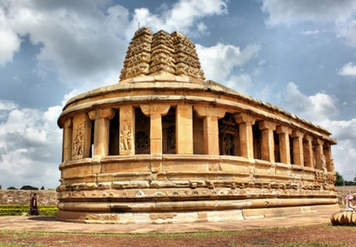
Chalukya Temples
Pattadakkal and Aihole in Karnatakaka are UNESCO world heritage sites which document the embryonic stage of South Indian Hindu temple architecture. It represents the high point of eclectic art in the 7th and 8th centuries under the Chalukya dynasty.
Location: 22 km from Badami, Karnataka
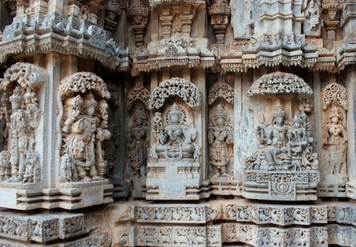
Hoysala Temples
Belur and twin city Halebid attract crowds for their amazing 10th century temples like Chennakeshava Temple. Would you believe us if we told you that the temple took 100 years in the making? Unsurpassed in artistry, the site is a glowing tribute to human skill.
Location: 40 km from Hassan, Karnataka

Thanjavur
The capital of the great chola empire with the crowning glory being the Brihadeshwara temple. Along with the Airavateswara temple and Gangaikondacholapuram, the 3 places make the great living chola temples heritage site.
Location: Thanjavur, Kumbakonam in Tamilnadu
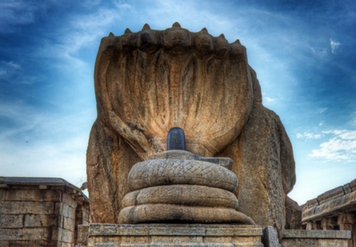
Lepakshi
The Veerbhadra temple famous for its hanging pillars, the largest monolithic nandi statue in India and the magestic Naga-lingam (7 headed cobra). The site name Lepakshi is associated with Jatayu and the Ramayana epic.
Location: 125 km from Bengaluru
Unique Temples in South India
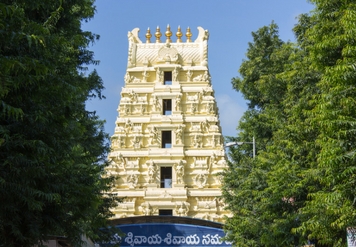
Srisailam
The town is home to the well known Bhramaramba Mallikarjuna Temple which is one of the 12 Jyotirlinga temples in India, and is devoted to Lord Shiva
Location: 225 km from Hyderabad
Once the capital of the mighty Chalukya empire, today Badami is famous for its magnificent rock-cut cave temples, and red sandstone cliffs. The remarkable cave temples display the full range of Indian religious sects: Vishnu, Shiva, Jain and Buddhist cave.
Location: 140 km from Hampi, Karnataka
Famous temple festivals
The annual festival at Thrissur is also termed as the greatest of all pooram festivals in Kerala, due to its sheer magnitude and grandeur. The pinnacle of excitement and devotion during the festival is obviously the last two days with caparisoned elephants and fireworks.
Location: Vadakumnathan Temple Ground, Thrissur
Estimated date: Between end-March and mid-April
The Aranmula Vallasadhya is a ritual offering to the deity Lord Parthasarathy in which the oarsmen of the snake boats are offered a feast. With over 70 dishes it is probably one of the largest vegetarian feasts in India. An event that combines ritual offerings, sports and music, the elaborate feast lasts for more than two hours
Location: Shri Parthasarathy temple, Aranmula
Estimated date: July-August
Things to keep in mind while you visit south India temples
Temples in Kerala like Guruvayoor, Tirupathi and Padmanabha swamy temple follow strict dress codes and give access only to Hindus. You can purchase the traditional dress (like mundu) required for entry from the temple premises itself.
Expect crowds and darshan may take a couple of hours of waiting in queues depending on the temple closing patterns and special poojas of the day.
Hope you found this article useful. For any help planning temple tours and designing customised temple darshan packages do get in contact with our team.
Related Tour Packages
Related articles
New Articles
-
1
Apr 23,2019
Nehru Trophy Boat Race 2019: Booking Options
-
2
Apr 19,2019
Nehru Trophy Boat Race: The essential guide
-
3
Jan 19,2019
Everything you need to know about an Ayurveda Holiday in Kerala
-
4
Aug 10,2018
Thinking about Kerala for your next holiday? Start right here!
-
5
Jul 09,2018
Ten secrets to a fascinating backwater experience: Discover it!
Send An Enquiry
WE ARE SOCIAL, LET’S CONNECT
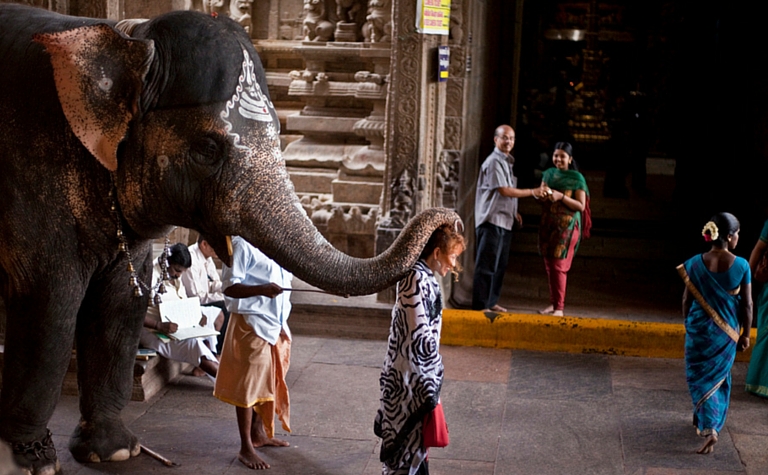
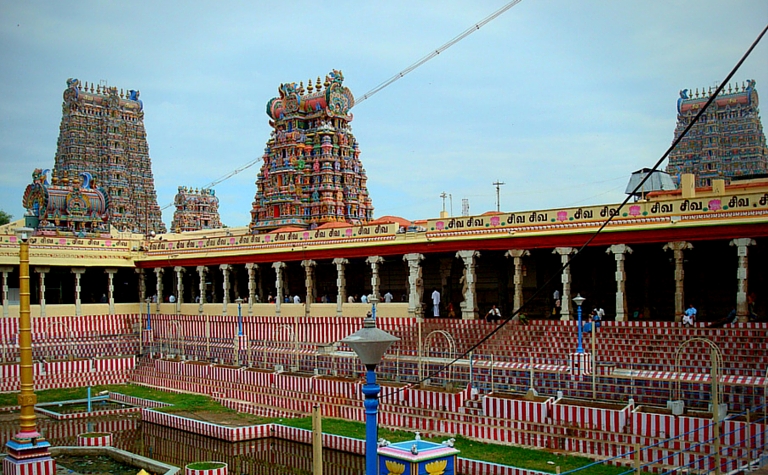
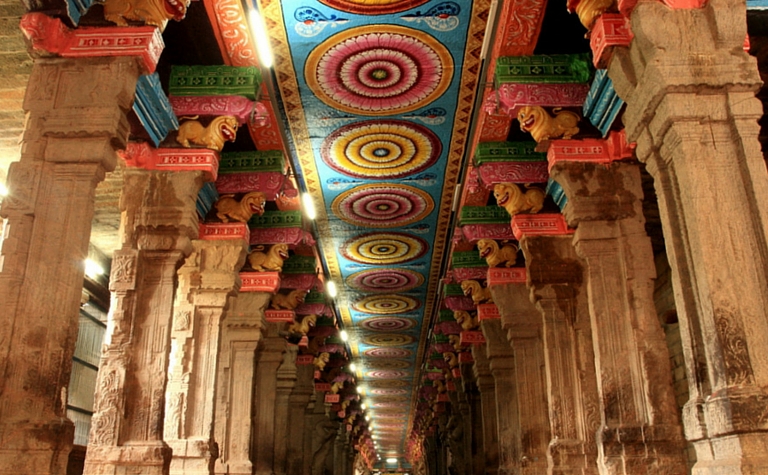
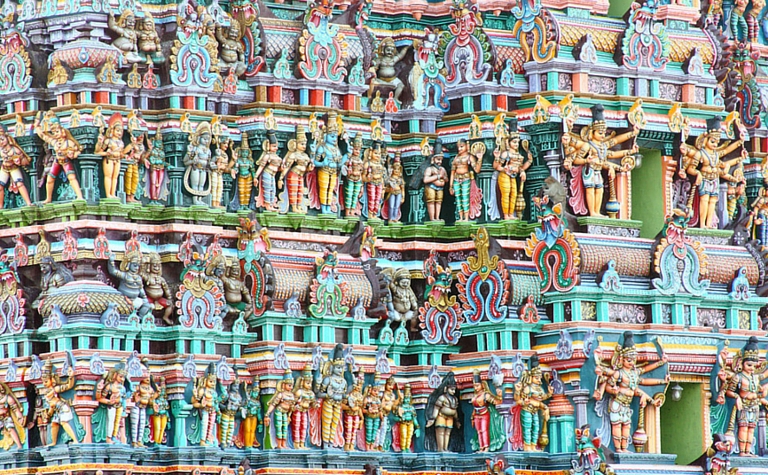
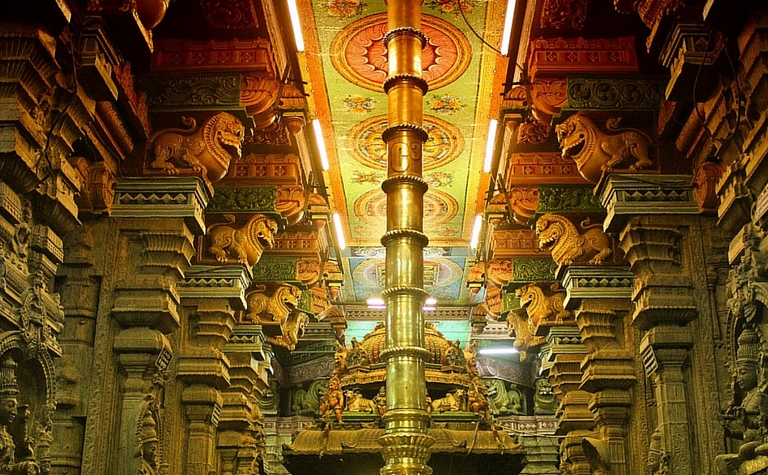

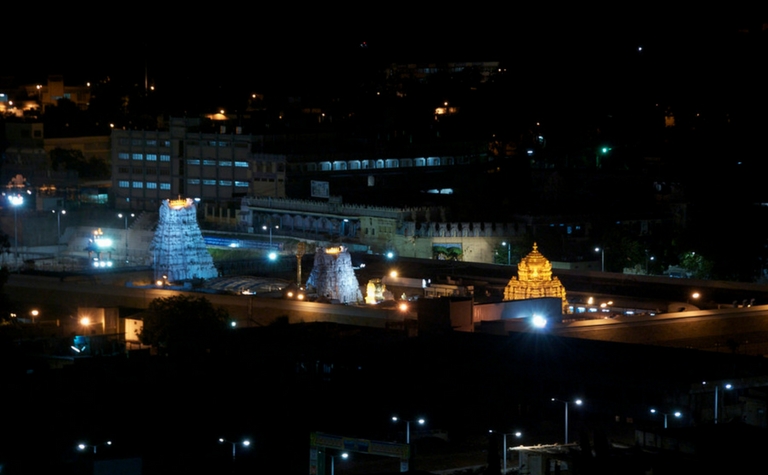
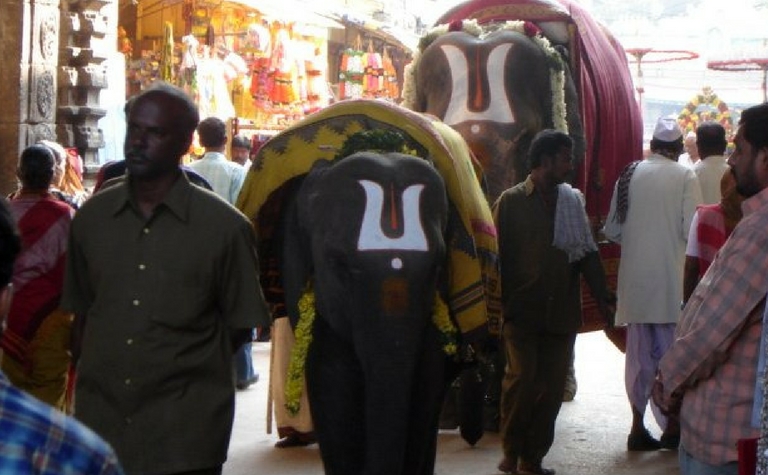
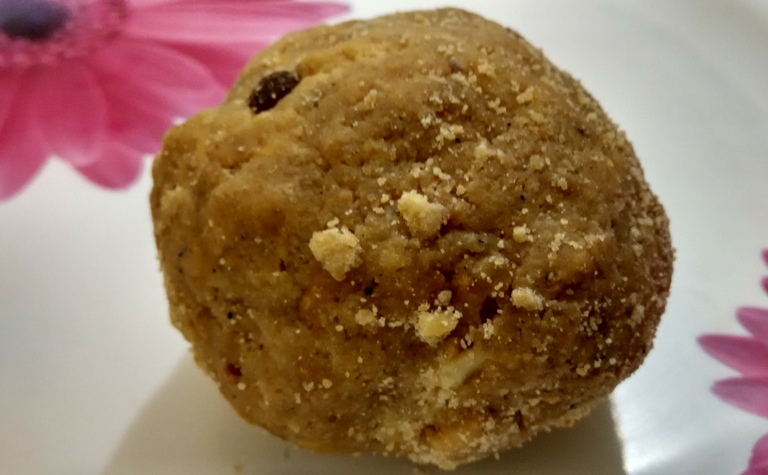
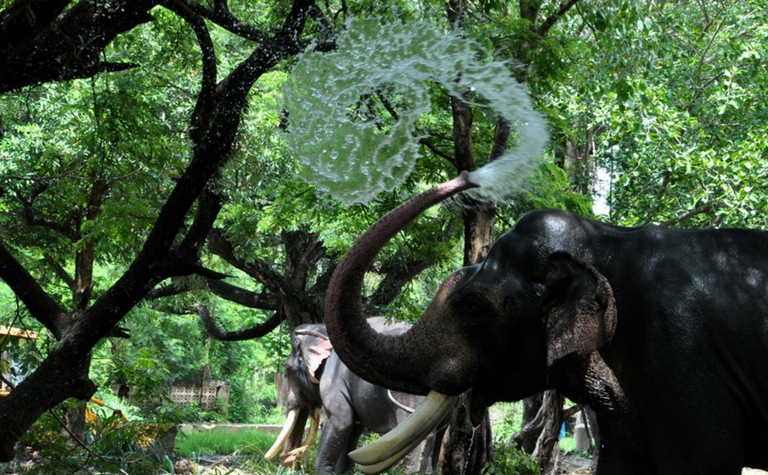
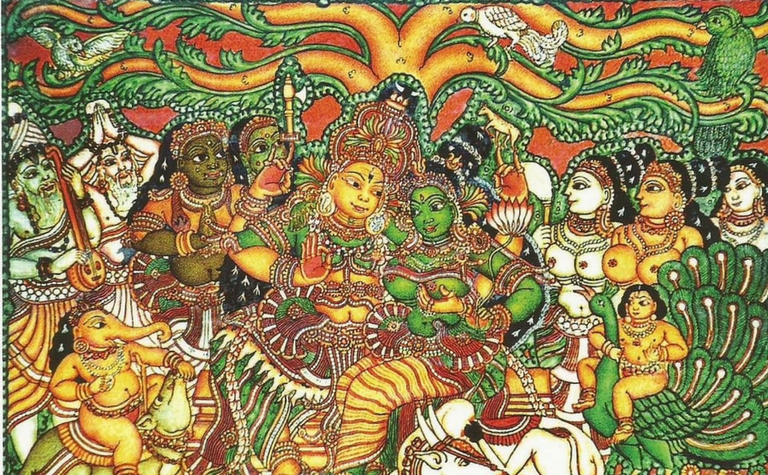

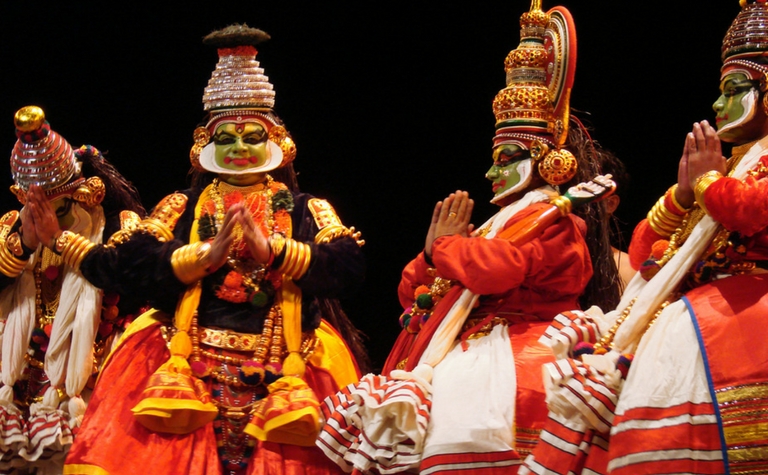
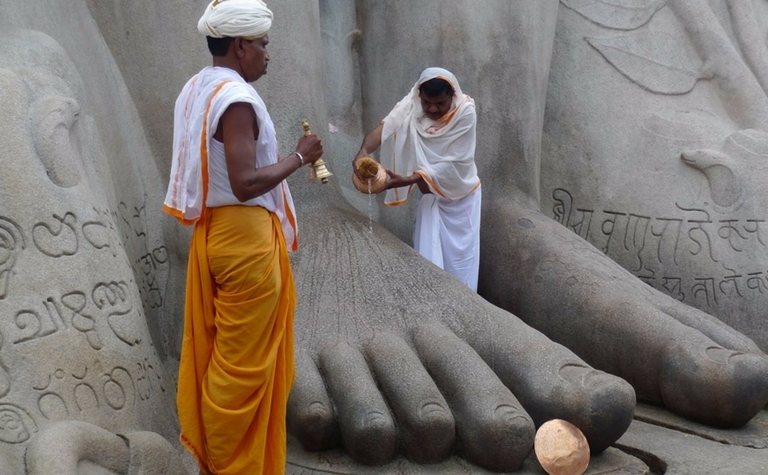

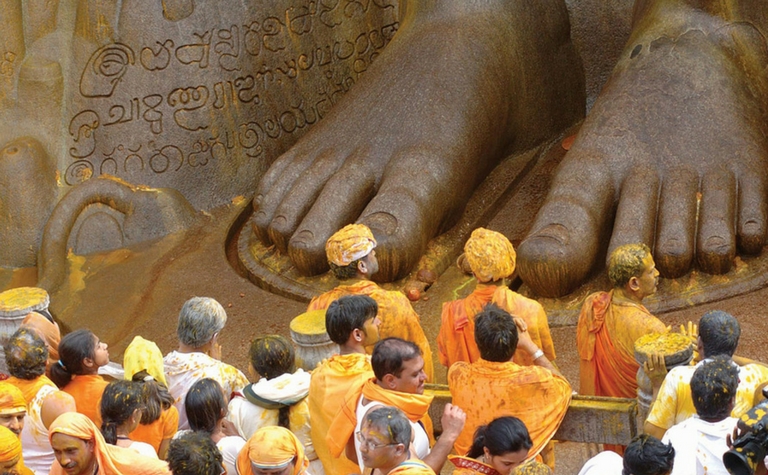

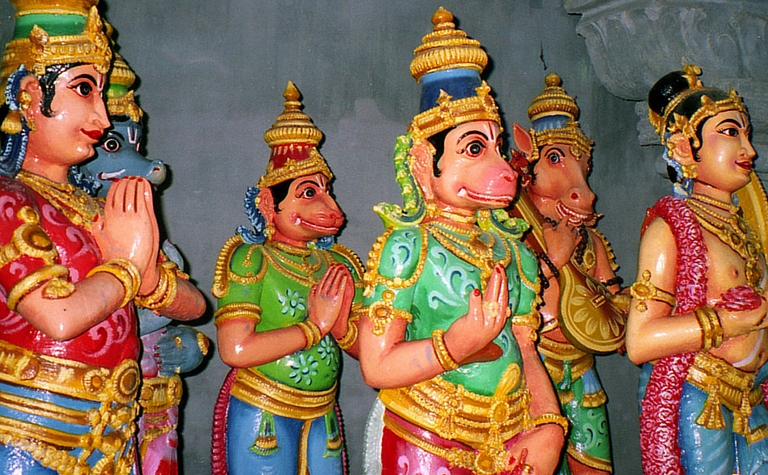

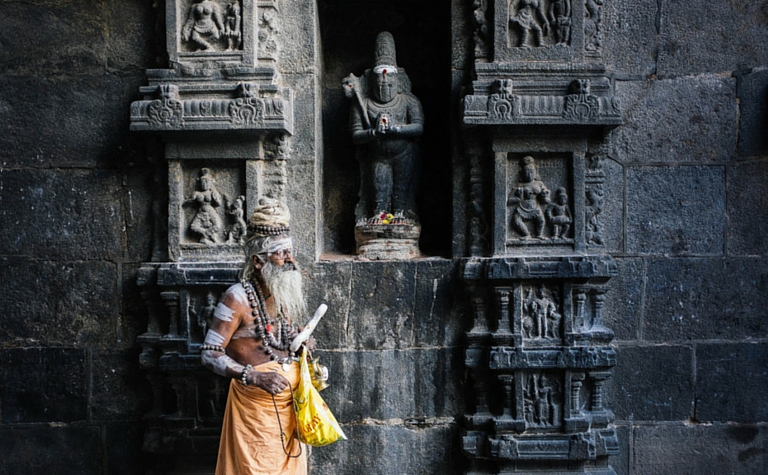
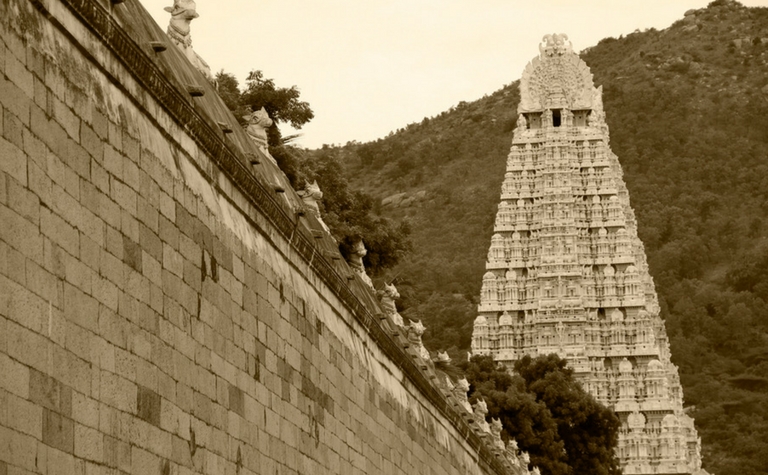
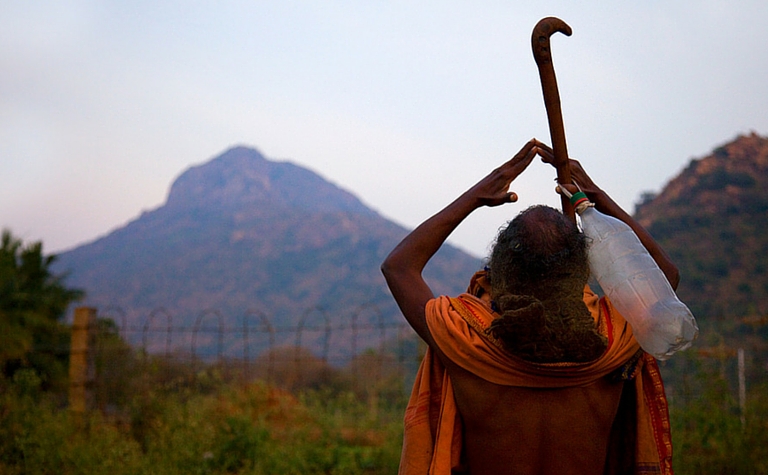


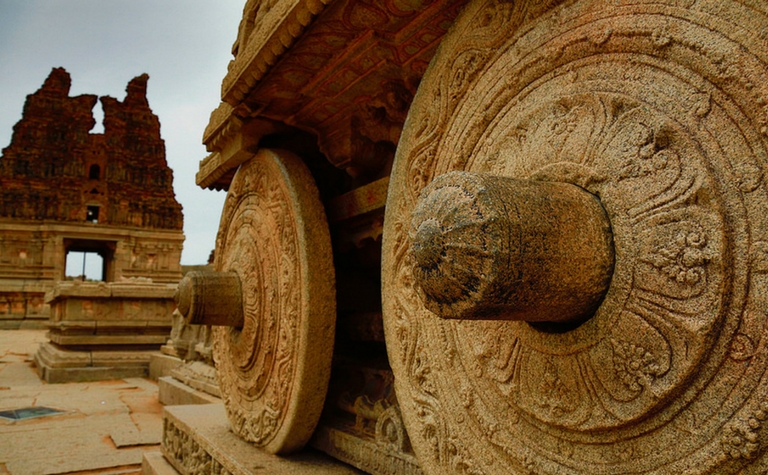


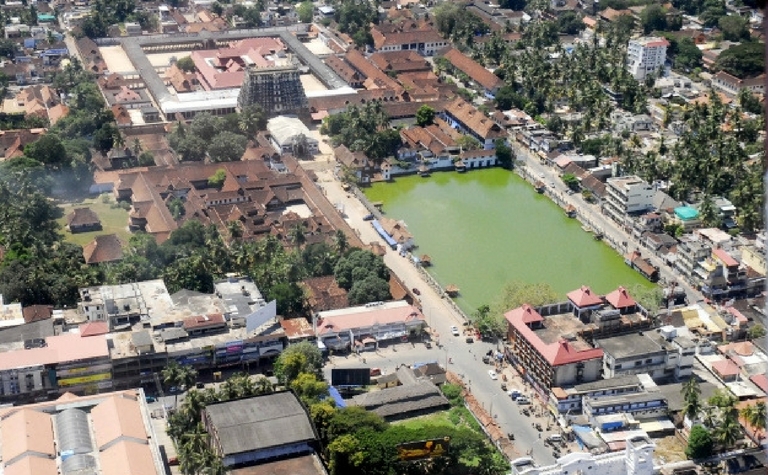

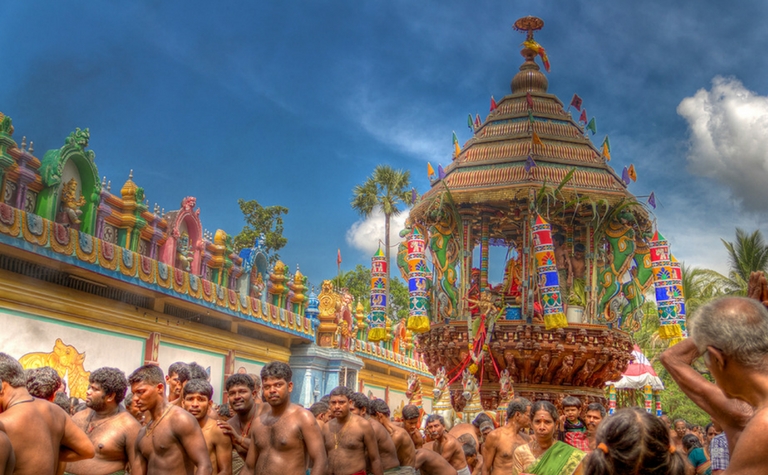
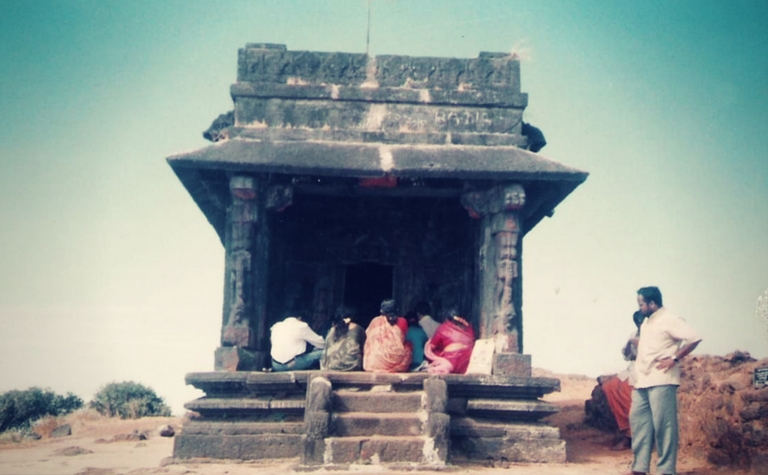
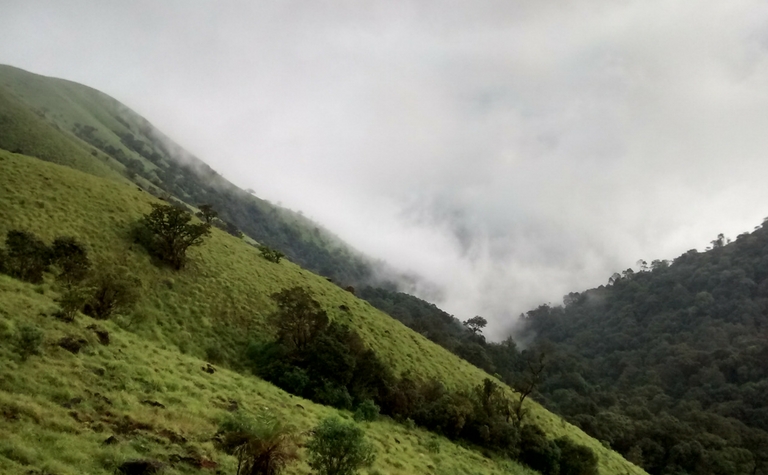
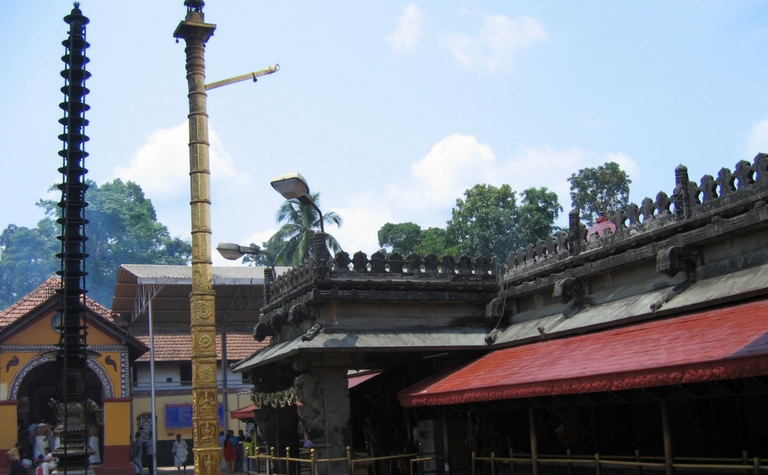

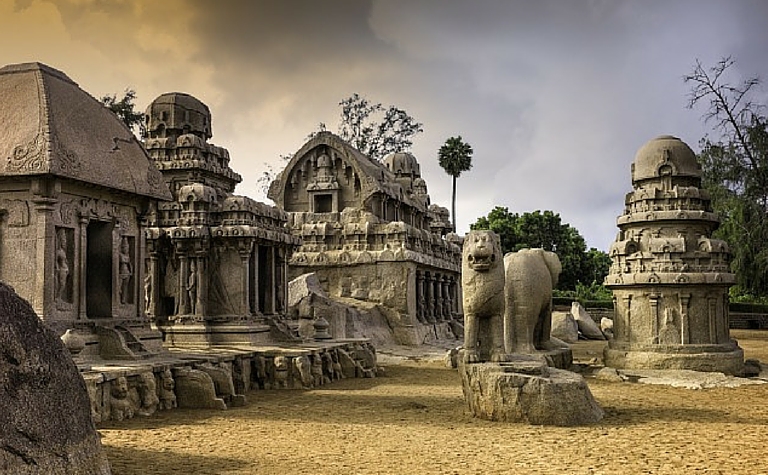


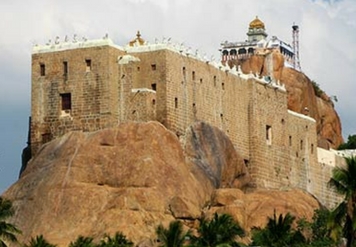

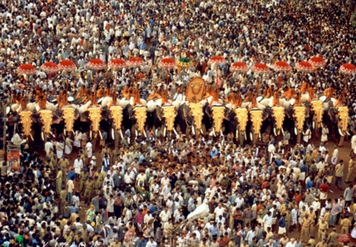
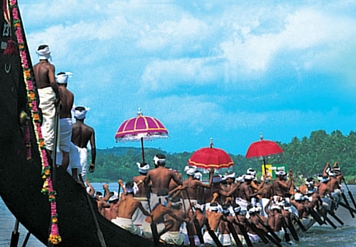

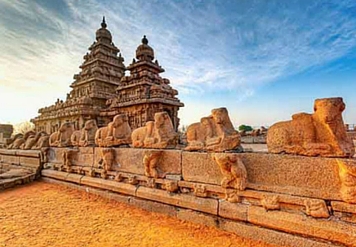



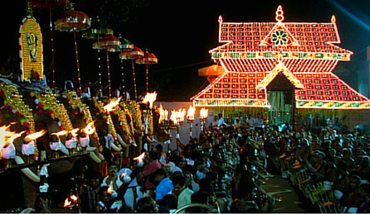


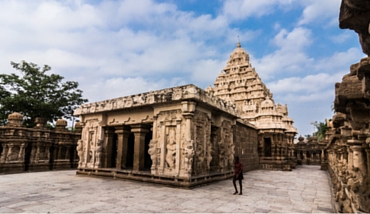

Amirthavarshini
You have a lot of temples to explore in Bangalore as well.
jyothi
Very useful for your article, I have read your post, very nice, your article shearing for Srikalahasti: The temple is also associated with Rahu and Kethu (of the nine grahams or celestial bodies in the Indian astrological scheme). The river Suvarnamukhi takes the northerly course at Sri Kalahasti almost washing the west wall of the famous temple.
bhavya sree
Hai very nice information given by you. i really impressed keep it up this is very useful.
Juan murillo
I would like to do the 15 day tour in south india, could you please tell me. The price of it?
Chitra Pandey
This is very useful and informative blog post. Thanks for sharing with us.
Ravindra nath singh
I wish to visit 6 to 7 days tour of kerala and Tamilnadu